This time of year, birds are constantly being moved around and require different types of feed as they mature. Right now, we have mature laying chickens and ducks, adolescent laying chickens in Peyton’s Palace, younger adolescent laying chickens in the barn, baby laying chickens in troughs under grow lights and young meat chickens. We received baby turkeys this morning. This requires 6 different types of feed to be purchased and tracked through their different stages of life.
Outside, we have the normal laying chicken and ducks that eat Poultry Layer feed which is in pellet form. The adolescent layers that are not laying eggs yet in Peyton’s palace (the Whiting true green layers), eating Poultry Layer Developer feed.
We just moved the 100 Cornish Cross meat chickens from the barn where they started eating Meat Chicken Mash and transitioned to Meat Chicken Crumble. They were just placed in the mobile poultry tractor where they will eat grass and bugs while being supplemented with full-sized pellet feed.
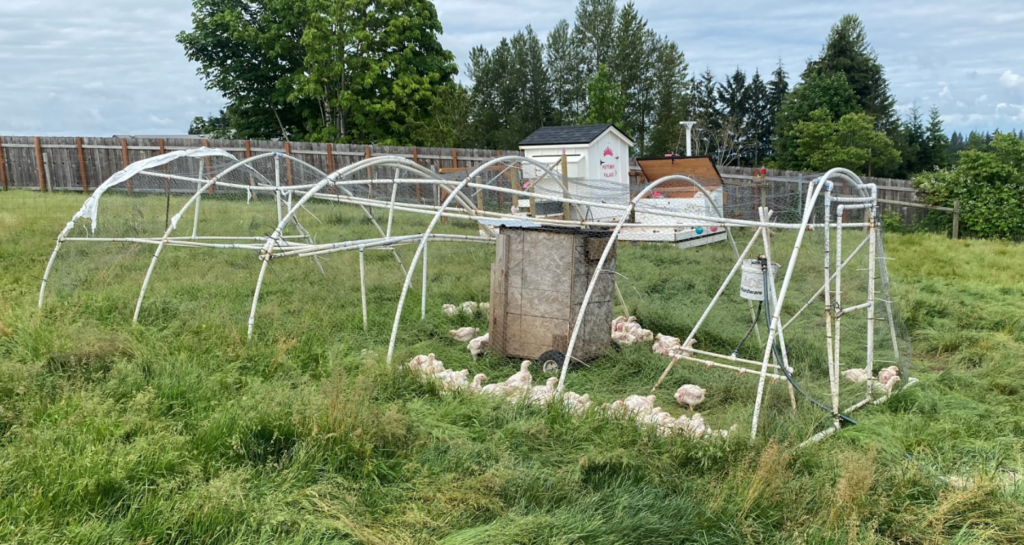
In the barn right now, we have 18 specialty layers that are on Poultry Layer Developer. They are ready to go outside, but we have no place to put them yet and keep them contained while on this type of feed, so they will stay in the barn for the time being. Last week, we did clip their wings in preparation for them going outside and to help keep them from flying up into the elevated troughs that house the baby chickens.
We also have 50 more baby laying chicks in the barn under heat lamps in two different troughs. Half are a mix of brown egg layers, and the other half are white egg layers. These birds are so little, they require a starter mash feed. It is ground to a finer grain and formulated for young birds. They will transition to a crumble and then full pellets of developer feed and then a layer feed that has more calcium.
Today we got 60 baby meat turkeys. Turkeys are on a similar diet to meat chickens with a feed that has more protein. They start out on mash, transition to crumble, and end on supplemental pellets while out on pasture.
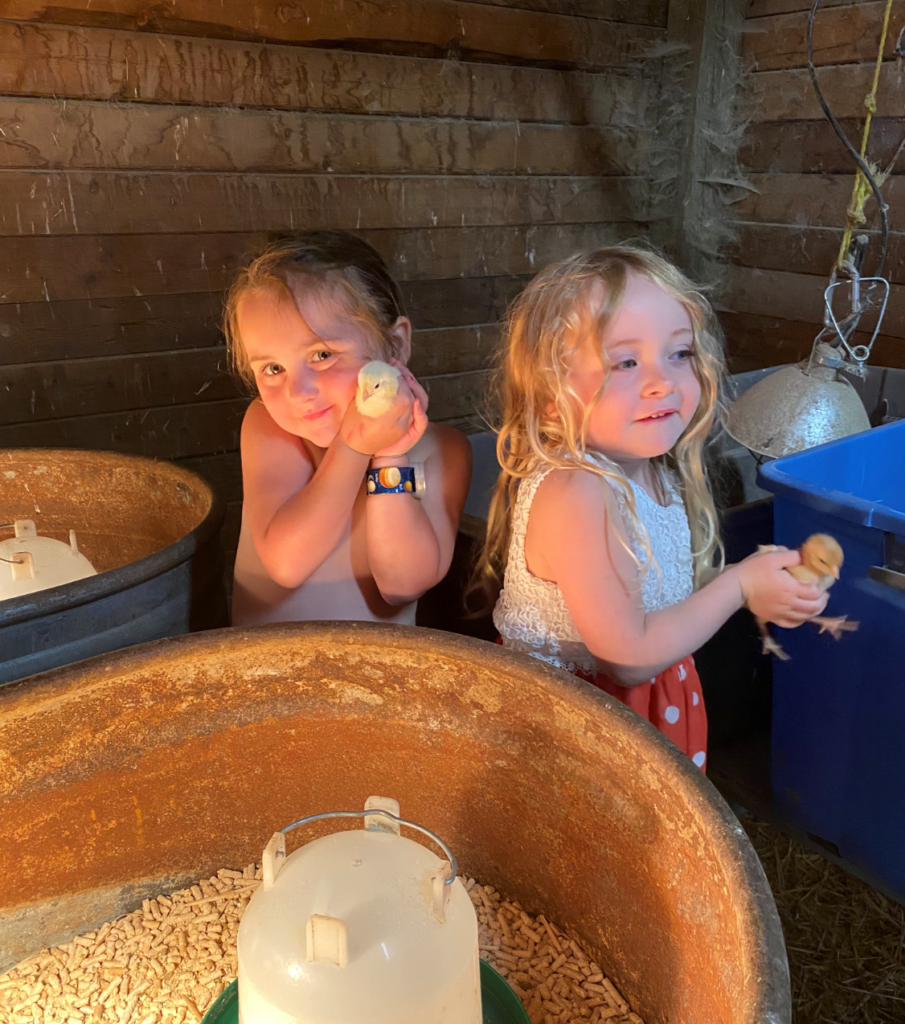
Girls loving on the baby’s 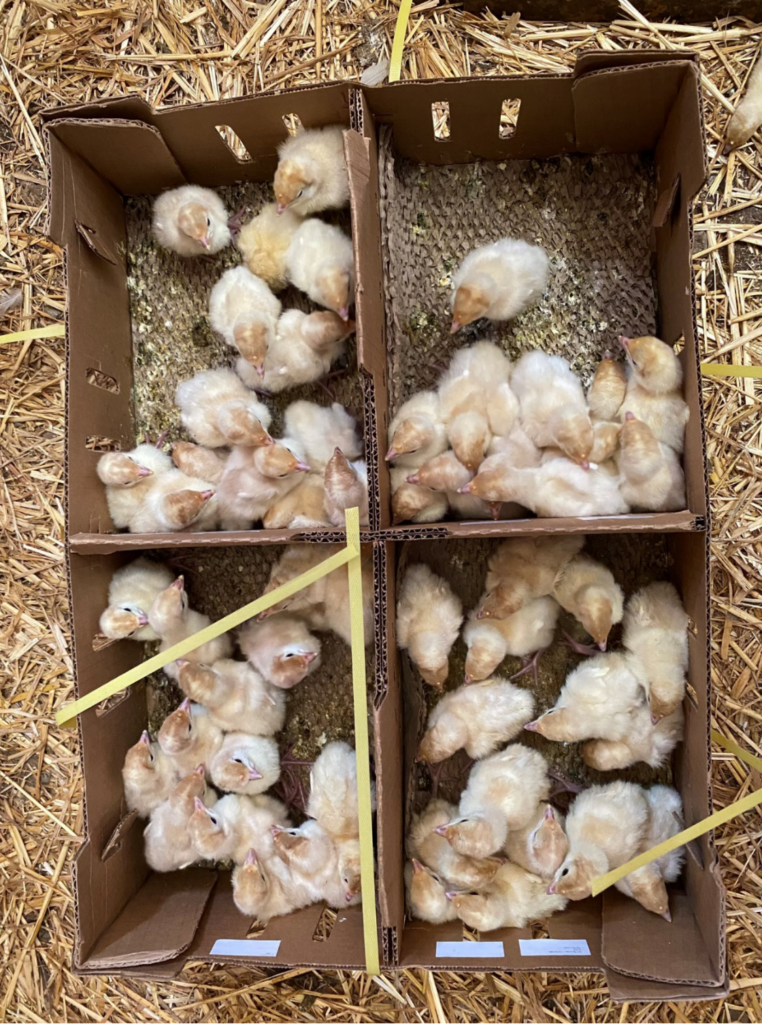
USPS turkey delivery
All of our birds end up on the pasture, so their favorite source of feed is grass and bugs. They seem to always be on the hunt. With 50 Whiting True blue egg-laying chickens arriving next month, we will have over 425 birds on pasture this summer. That is a lot of feed to buy and keep track of…
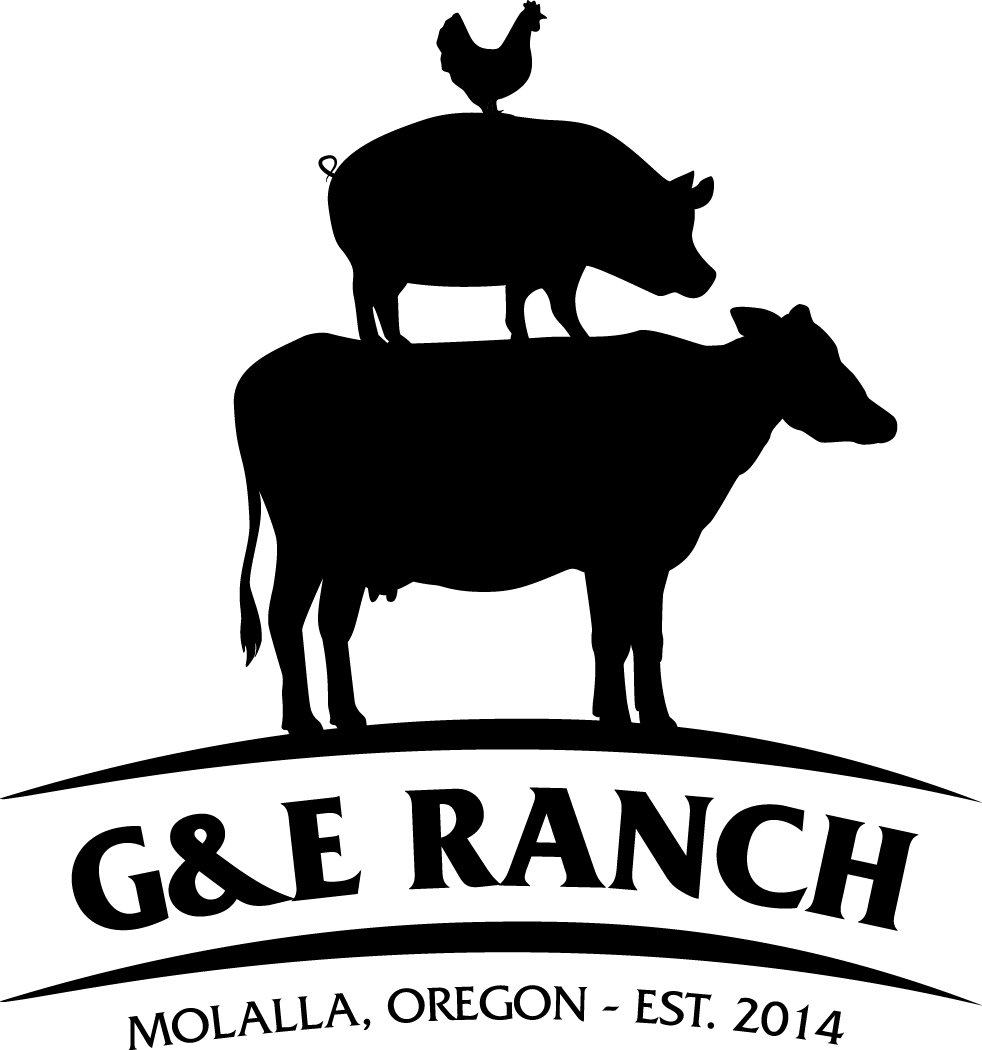
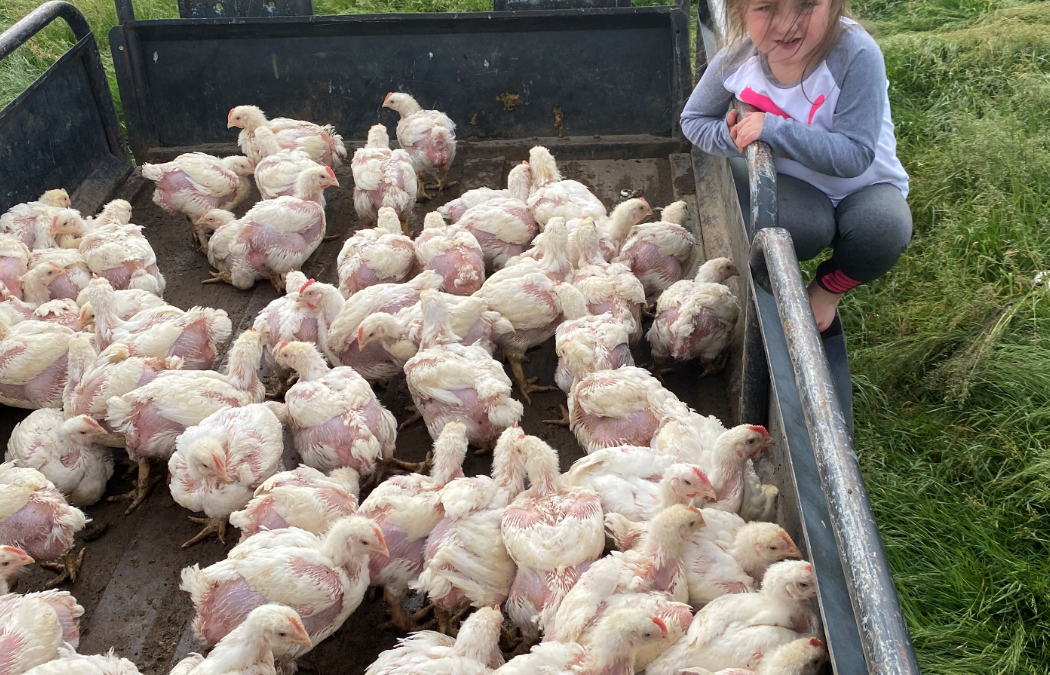
Recent Comments